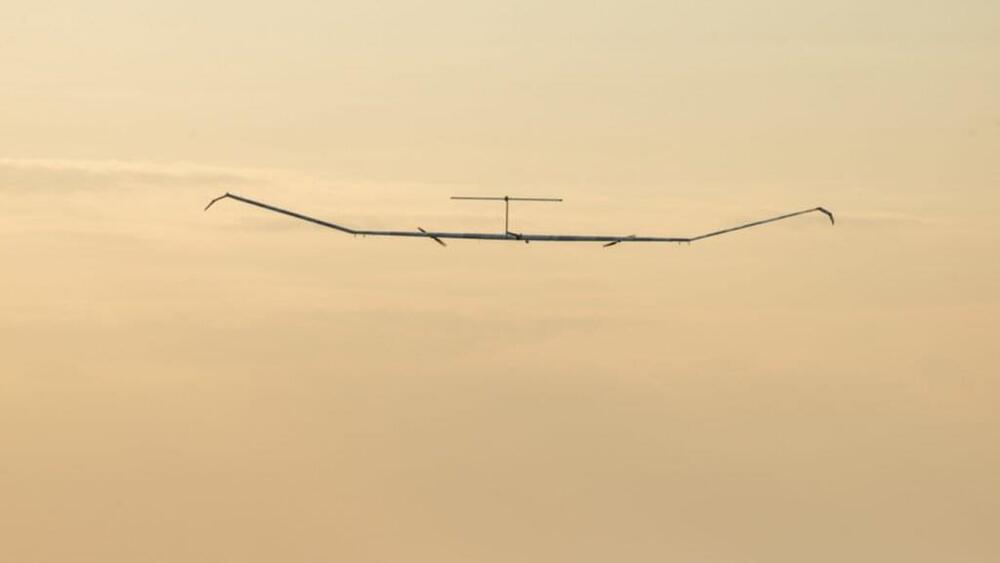The compact row houses feature carefully angled solar panels that harness every moment of the sun.


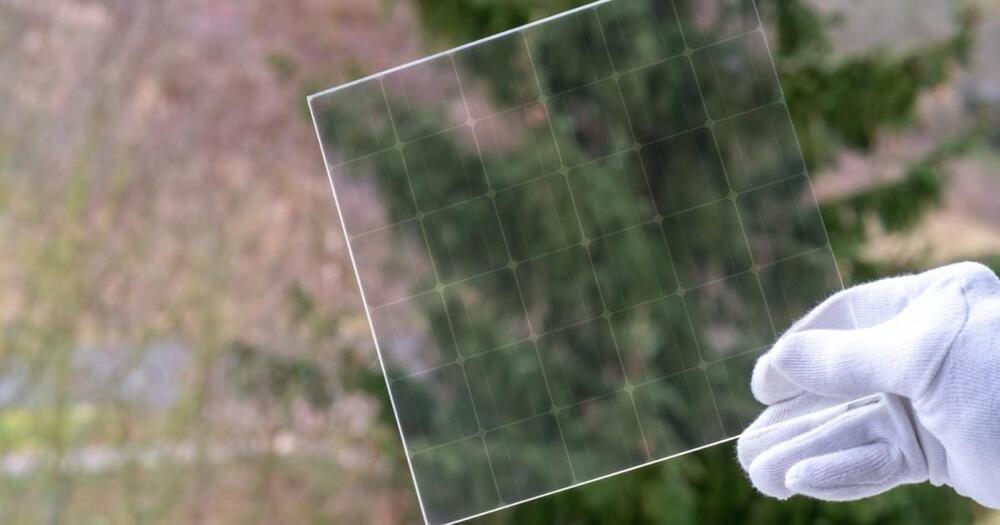
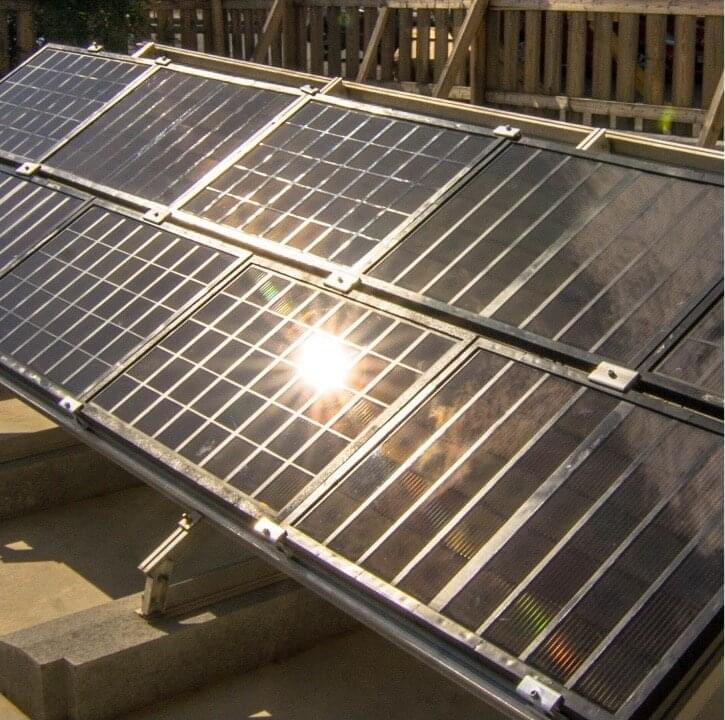
Perovskites, mineral materials composed of calcium titanate, have been found to be valuable for the fabrication of high-performance solar cells. While teams of scientists and engineers worldwide have been developing and testing perovskite solar cells in laboratory settings, large-scale outdoor evaluations of these cells are still lacking.
Researchers at University of Rome Tor Vergata, the Hellenic Mediterranean University in Crete, BeDimensional S.p. A., Great Cell, the Italian Institute of Technology (IIT) and University of Siena have recently manufactured large-area perovskite solar panels engineered using two-dimensional (2D) materials. They then successfully integrated 9 of these solar panels into a stand-alone solar farm, located on the Greek island of Crete. This team’s findings, presented in a paper published in Nature Energy, could facilitate and inform the future large-scale implementation of perovskite solar cells.
“Our recent paper highlights our joint research efforts for the last 5 years in the upscaling of perovskite PVs, starting from lab cells to modules, panels and finally to a solar farm infrastructure,” Francesco Bonaccorso, one of the researchers who carried out the study, told to Tech Xplore. “This project was specifically developed in the context of the European Graphene Flagship initiative, which established a close collaboration between University Tor Vergata, BeDimensional S.p. A., GreatCell and Hellenic Mediterranean University, having both complementary and widely different skillsets.”
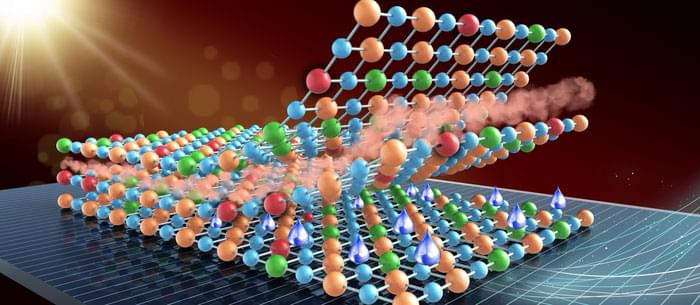
Perovskite solar cells (PSCs) are promising solar technologies. Although low-cost wet processing has shown advantages in small-area PSC fabrication, the preparation of uniform charge transport layers with thickness of several nanometers from solution for meter-sized large area products is still challenging.
Recently, a research group led by Prof. LIU Shengzhong from the Dalian Institute of Chemical Physics (DICP) of the Chinese Academy of Sciences (CAS) has developed a facile surface redox engineering (SRE) strategy for vacuum-deposited NiO x to match the slot-die-coated perovskite, and fabricated high-performance large-area perovskite submodules.
This work was published in Joule (“Surface redox engineering of vacuum-deposited NiO x for top-performance perovskite solar cells and modules”).
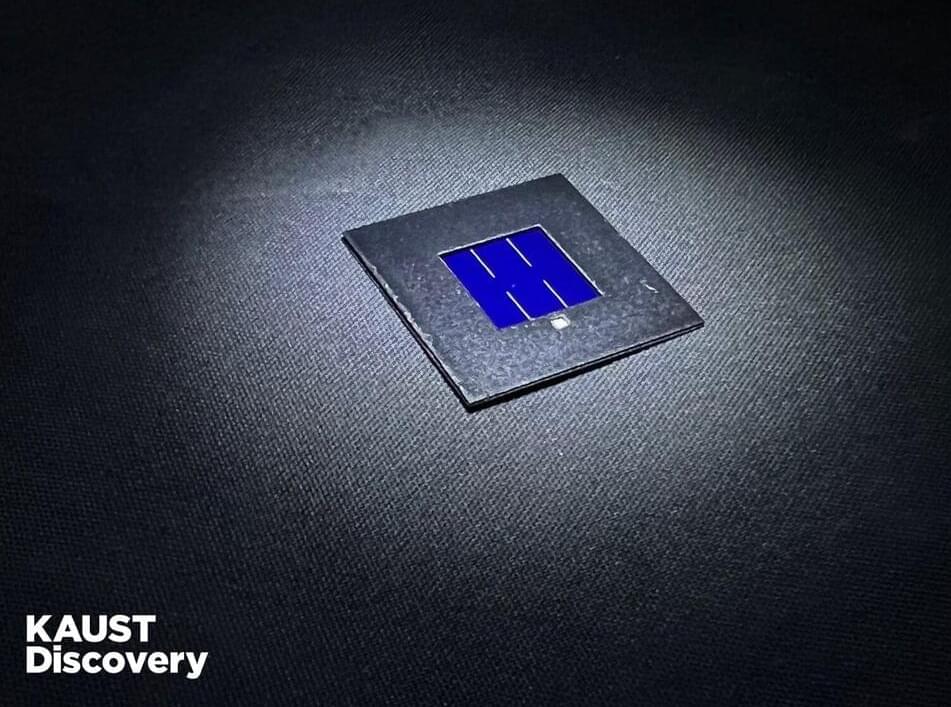
Inserting a metal fluoride layer in multilayered perovskite-silicon tandem solar cells can stall charge recombination and enhance performance, KAUST researchers have found.
Tandem solar cells that combine perovskite and silicon-based subcells in one device are expected to better capture and convert sunlight into electricity than their conventional single-junction silicon analogs at a lower cost. However, when sunlight strikes the perovskite subcell, the resulting pairs of electrons and positively charged holes tend to recombine at the interface between perovskite and the electron-transport layer. Also, a mismatch between energy levels at this interface hinders electron separation within the cell. Cumulatively, these problems lower the maximum operating voltage available, or open-circuit voltage, of the tandem cells and limit device performance.
These performance issues can partially be solved by introducing a lithium fluoride layer between the perovskite and electron-transport layer, which usually comprises the electron-acceptor fullerene (C60). However, lithium salts readily liquify and diffuse through surfaces, which makes the devices unstable. “None of the devices have passed the standard test protocols of the International Electrotechnical Commission, prompting us to create an alternative,” says lead author Jiang Liu, a postdoc in Stefaan De Wolf’s group.
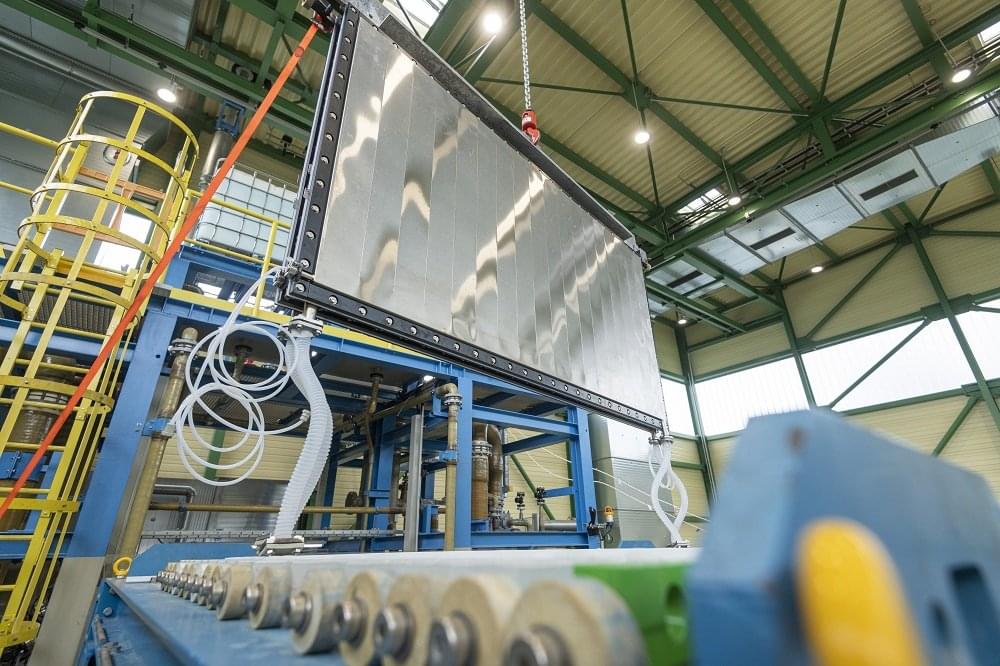
Solar energy and onshore wind are crucial to unlocking Africa’s hydrogen potential, the International Energy Agency (IEA) said in its Africa Energy Outlook 2022. “With further cost declines, Africa has the potential to produce 5 000 megatonnes of hydrogen per year at less than $2 per kilogram,” reads the report. The continent has 60% of the world’s best solar resources, but only 1% of its operational solar generation capacity.
Serbia and Hungary signed a memorandum of understanding to collaborate on renewable hydrogen. “The signed memorandum is the basis for exchanging documents in this area and discussing potential joint projects,” said the Serbian government.
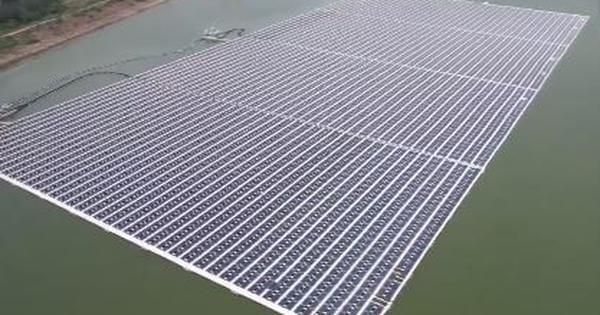
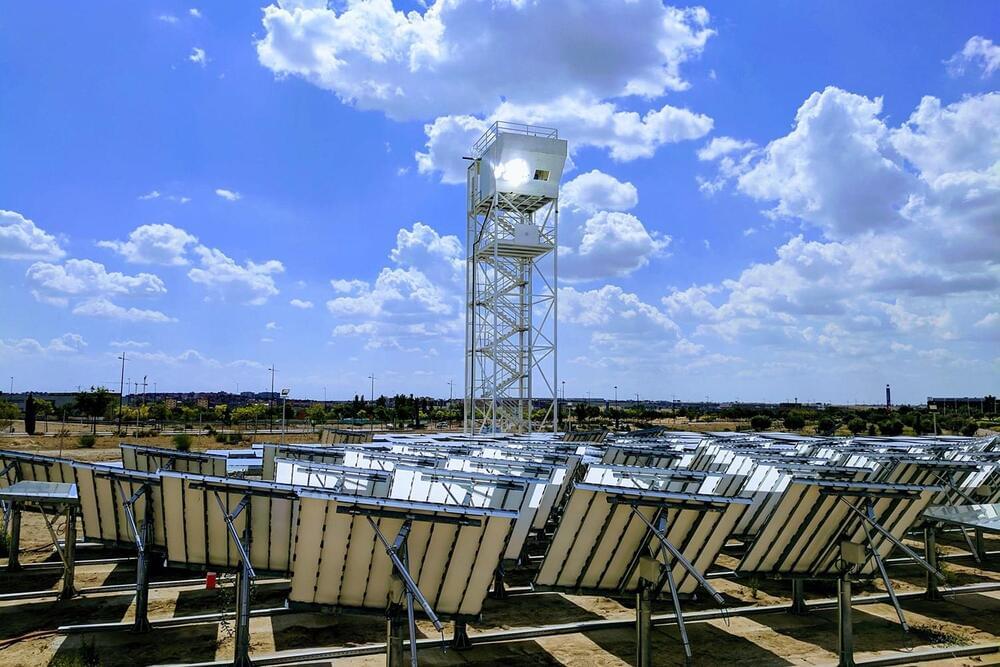
Now, an international team of researchers has developed a tower that uses solar energy to produce a synthetic alternative to fossil-derived fuels like kerosene and diesel. The fuel production system uses water, carbon dioxide (CO2), and sunlight to produce aviation fuel. The team has implemented the system in the field, and the design could help the aviation industry become carbon neutral.
The solar-made kerosene is fully compatible with the existing aviation infrastructure for fuel storage, distribution, and end use in jet engines. It can also be blended with fossil-derived kerosene, says Aldo Steinfeld, a professor from ETH Zurich and the corresponding author of the paper.
The solar fuel production plant consists of 169 sun-tracking reflective panels that redirect and concentrate solar radiation into a solar reactor mounted on top of a tower. The concentrated solar energy then drives oxidation-reduction (redox) reaction cycles in the solar reactor, which contains a reticulated porous ceramic structure made of ceria. The ceria – which is not consumed but can be used over and over – convert water and CO2 injected into the reactor into syngas, a tailored mixture of hydrogen and carbon monoxide. Subsequently, syngas is sent into a gas-to-liquid converter, where it is finally processed into liquid hydrocarbon fuels that include kerosene and diesel.
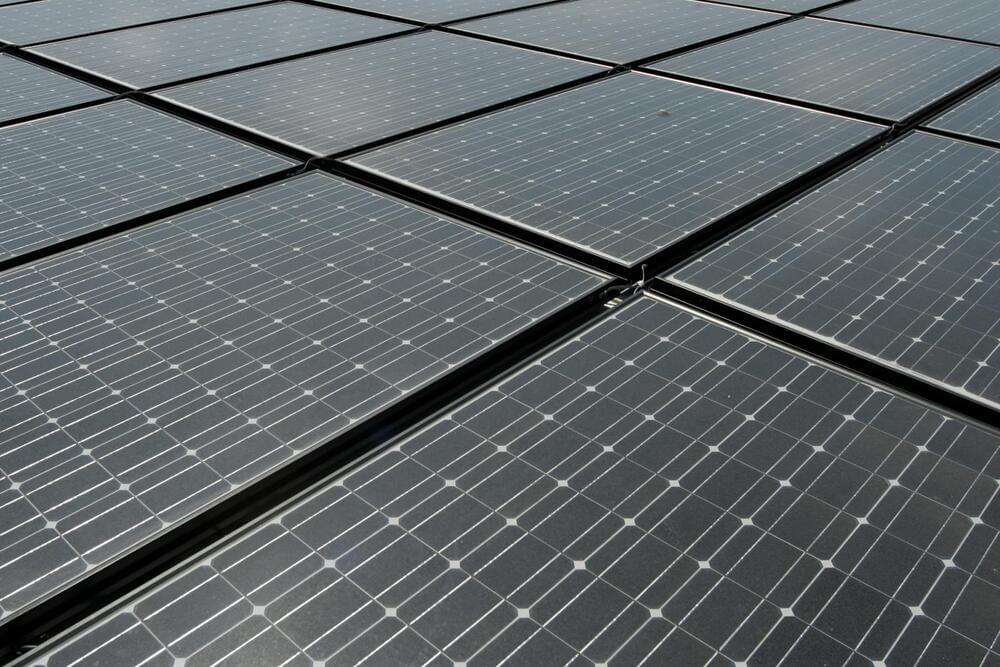
Photovoltaics will play a key role in the future energy supply. Conventional solar cells based, for instance, on silicon, a well-known semiconductor material, are already highly developed and in widespread use. However, their production is complex because it requires a high vacuum with high temperatures. It can take up to five years for the energy used for production to be offset by operation.
This is where solar cells based on organic semiconductors can make a difference, as they can be printed in an energy-and cost-saving way. However, there are limitations to the energy conversion that need to be examined in more detail. A research team led by the Professorship of Optics and Photonics of Condensed Matter at Chemnitz University of Technology has investigated which main factors are decisive for the power limitation of organic solar cells.
The lead author of the study is Christopher Wöpke, research associate at the Professorship of Optics and Photonics of Condensed Matter at Chemnitz University of Technology. He was joined in the study by scientists from the universities of Bayreuth, Bern (CH), Durham (UK), Erlangen-Nuremberg and the Advanced Light Source Berkeley Lab (U.S.). Among other things, the team found that transport resistance in particular severely limits the performance of organic solar cells.
